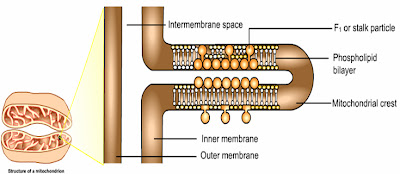1. Breathing control centre are:
- located in two major regions (medulla oblongata + pons).
- in medulla - sets the basic rhythm,
- in pons - moderates it smoothing out the transition between inhalation + exhalation.
- send impulses to the diaphragm + external intercostals muscle.
2. The central chemoreceptors (lies near the breathing control centers):
- detet the changes in pH of the cerebospinal fluid (CSF).
- stimulate the breathing centre
- slow down or speed the rhythmic discharge of nerve impulses
3. Carotid bodies are
- found in the carotid artery in the neck.
- chemoreceptor with nerve endings in the wall of carotid artery
- monitors the changes of blood pH in the carotid artery.
- found in aorta.
- chemoreceptors that monitor the changes of blood pH.
- nerve endings in the wall of aorta.
- also called peripheral chemoreceptors.
- impulses are relayed to the breathing control centres.
- change of CO2 conc. in the blood triggers a series of chain reactions.
- blood CO2 conc. back to normal,
- negative feedback loop.
6. In the blood plasma:
- CO2 released by cellular respiration
- reacts with H2O to form carbonic acid (H2CO2)
- dissociates to form hydrogen carbonate ions (HCO3+) and hydrogen ions (H+).
- increase in hydrogen ions (H+) conc.
- increase the acidity of the blood plasma,
- decreasing the pH.
- CO2 diffuses into CSF from the surrounding capillary.
- then reacts with H2O in the fluid to form carbonic acid (H2CO3).
- dissociates to form hydrogen carbonate (HCO3+) and hydrogen ions (H+).
- The acidity in the CSF increases
- resulting in the decreases in the pH.
8. When blood flows through Peripheral Chemoreceptors (from aortic + carotid bodies) + Central Chemoreceptor
à detect increase in H+ conc
à send impulses to breathing control centre (in medulla oblongata)
à sends impulses to diaphragm + external intercostals muscles to contract faster
à breathing rate increases (to expel excess CO2)
à lungs expand (for faster breathing)
à stimulates stretch receptors (in lungs)
à send impulses to the breathing control centre
à sends impulses (via parasympathetic nerve) to the diaphragm + external intercostals muscle
à to slow down the contraction
à breathing rate returns to normal
à negative feedback reaction.
























